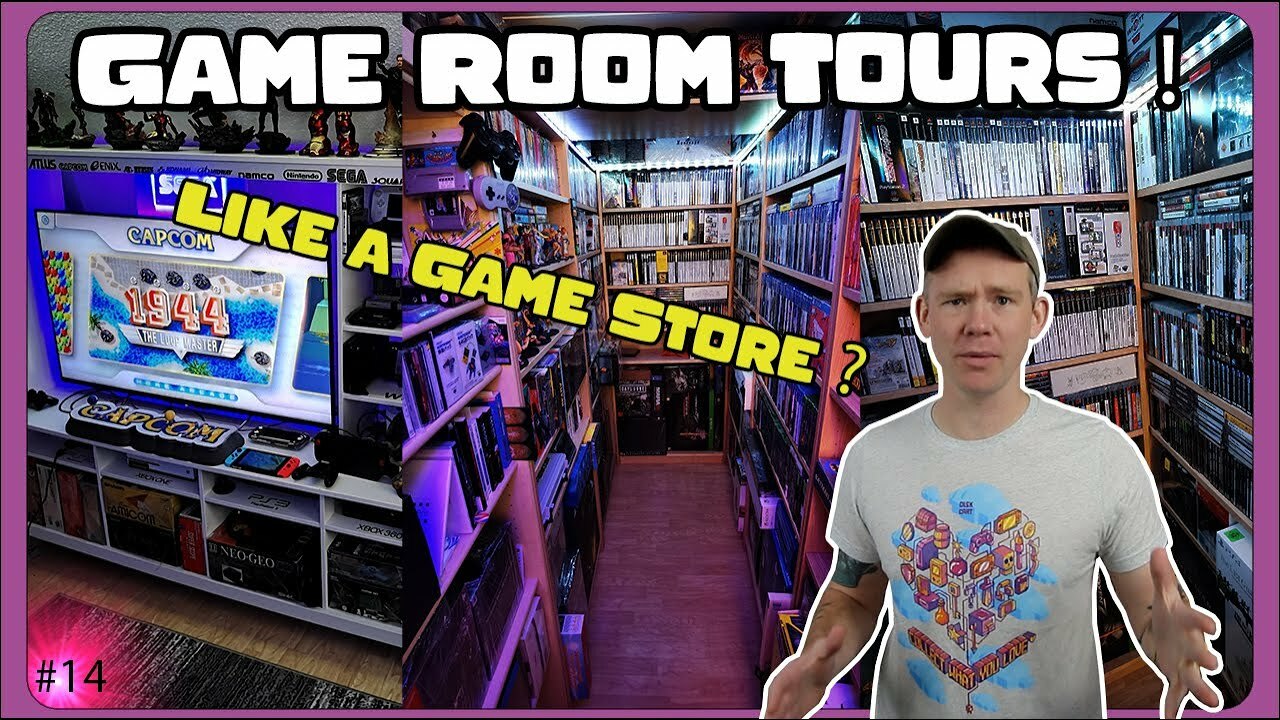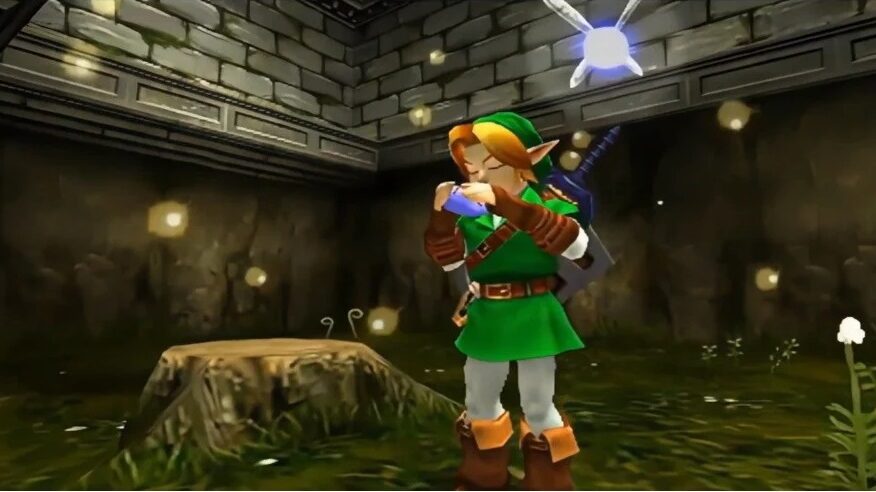Share
Pokémon Red and Blue took hold of the entire world. It was the fastest-selling Game Boy title in the United States after selling 200,000 copies within two weeks. The games went on to sell 4 million copies by the end of 1998. Everyone was playing it. Everyone was talking about it. If you were one of the few who wasn’t playing, you still knew all about Pokémon. Almost 10 million copies flew off shelves and into homes in the United States by the end of its production run.
My Grandma couldn’t pronounce the names of anyone but she still knew who specific characters were! And she wasn’t the only passenger on Nintendo’s ride. Everywhere you looked in the late 90s, there was something nearby related to Pokémon. It was welcomed into the homes of millions of children and adults all around the world. Both Nintendo and Game Freak knew they had the world’s attention.
Development on Pokémon Gold and Silver began right after Red and Green‘s Japan release, which was in 1996, with plans to release the new games in 1998. Localization and development on Pokémon Stadium further held earnest development back on for Gold and Silver with the release date going to Pokémon Yellow Version instead.

Shigeki Morimoto, a longtime designer for Game Freak, spoke about the development cycle in great detail with Tsunekazu Ishihara and the late Satoru Iwata. The Iwata Asks discussion features an interesting exchange between Iwata and Morimoto regarding the games’ programmers.
Ishihara remarks on the three and a half year development time before Morimoto added, “Actually, at that time we had very few programmers. That wasn’t just the case for Pokémon Gold and Pokémon Silver but for Pokémon Red and Pokémon Green as well. There were only about four programmers.”
Iwata paints a very real picture of the development cycle, saying “Making a game on that scale with so few programmers would be unthinkable these days. And the way those games were put together was very complex.”
The ambition to go beyond the achievements of the previous games also complicated development. Morimoto continued with, “What’s more, though we were creating the games with a very small team, we were very greedy in terms of all the features we wanted to include in the games. I think that may be why they experienced such a difficult birth.”

The team had already faced challenges completing Red, Green, Blue, and Yellow and yet the team decided against leaving anything out in the next game. Pokémon Gold and Silver were shown at the 1997 Nintendo Space World Expo. There’s even a playable demo from the build if you’re interested. Game Freak also announced new and exciting features the games would have, such as a new story, new kinds of Pokémon, and even a real-time internal clock. Backward compatibility with the previous games was also announced, ensuring Pokémon trainers could bring their old monsters into the new games. Gold and Silver were scheduled to release in Japan a few months later in November 1999 but this was before the series had same-day international releases.
Pokémon Gold and Silver wouldn’t release in North America until September 2000. Game Freak was making the wait impossible to bear at a time when the marketing frenzy was already in full force everywhere.

Pokémon was inescapable. Commercials, toys, cereal aisles, and anywhere else you can imagine; Pokémon was everywhere months before the new games even released, including movie theaters. Pokémon: The Movie 2000 didn’t do as well as Pokémon: The First Movie (what is with these movie titles??) but it was still successful. The film came out in July 2000, just three months before Gold and Silver, and it was the perfect commercial for the new games. There were new Pokémon featured in the film and their names spread across my playground like fire. I was nine years old and the new Pokémon games were all anyone was talking about. It’s all we cared about besides Pokémon cards, manga, cereal, books, and anime.
The anime didn’t feel much different in tone as Ash moved from the Indigo League, through the Orange Islands, and into Johto. There were new Pokémon, different faces, and locations, but overall it was just Pokémon but somewhere else. That was it. But it was the opposite with the games.
Something different altogether
Pokémon Red, Blue, and Yellow were already magical experiences that managed to mix with our imaginations for the ultimate immersive adventure. But something was different with Gold and Silver. The previous games felt more like Earthbound or Final Fantasy. Or maybe even something in between. It’s hard to articulate but Kanto felt like a video game world pretending to be real whereas Johto felt like a different world that might be real.
You can feel it as soon as the beginning intro. The animation wasn’t focused on a battle like Red and Blue. Instead, it focused on Pokémon and the vast and open world. It’s undeniably clear how special the games are after the player character sets outside their home. Immediately the town’s wind washes over you in New Bark Town’s theme song. It’s sweet and dreamy and has lingering ringing notes, whispering of the legendary discoveries that lay ahead.
Pokémon Gold and Silver take place in a land far different from Kanto. Johto exists in harmony with nature, with towns wrapping around trees, mountains, and across waterways. Kanto built around the outdoors and tried to live alongside the world but there’s a demarcation point between humans and the world. Johto cities and towns embrace their natural surroundings, just as the people hold legends and tales close to their hearts.
Legends await
Johto may not look much larger than Kanto but it’s filled with secrets and exploration. Caves, forests, oceans, legendary islands, and a swaying tower that seemingly disappears into the sky. Johto has multiple legendary Pokémon to chase and capture, and areas tucked away, hidden from the required path. Kanto’s focus felt more defined whereas the Johto experience can be whatever you want it to be.

Mysterious alphabet-shaped Pokémon called Unown are scattered across the Ruins of Alph. A mountain toward the end of the game with a fun surprise from the first generation of games. A high-speed boat and monorail system that can take you to a faraway region. There are countless elements, characters, and locations in Johto that are not only memorable but also feel meaningful and worth exploring.
The meaningful framing for the story and journey itself ground everything, which allows for a stronger foundation and an even better experience. As you explore and discover Johto, it becomes more of a part of you. You become a resident of this magic world. The events that happen on certain days or at a specific time are important and matter because you’re invested in the game and world. It still feels like a video game but it’s like exploring an actual digital realm, virtual but alive. What difference does it make if it’s on a screen? It’s still another world and you’re still on your very own Pokémon journey.
Evolved mechanics
Gameplay isn’t radically different from before. It’s still a turn-based RPG with random encounters, trainer battles, exploration, and the ability to build virtually any team you’d like with different Pokémon you battle and capture. And hey, there are over a hundred new Pokémon in addition to the previous generation’s creatures. You need to trade between games to catch ’em all but you can just do what most of us did and cheat too. I had a GameShark and finally used it after catching everything available on my cartridge. I didn’t like having to ask if a friend could go look for a specific Pokémon for me so that’s when I’d use my GameShark.
Team Rocket returns from the previous games too. The crime organization was originally taken down by the protagonist in Red, Blue, and Yellow and but they try to make their comeback in Gold and Silver. Battles big and small between the criminal team happen throughout the game in an interesting and fun enough story that threads through the gym challenge. Outside of collecting badges and defeating Team Rocket, there’s plenty of other things to do in Johto, which is where it comes to life.
There’s an actual in-game clock and weekly calendar system that determines dozens of events in the games that only happen at certain times. It’s when so many cool and different things happen in the games. Things like some Pokémon only coming out at night or early in the morning. There are evolutions tied to time too; Eevee only evolves into Espeon if they’re happy and it’s daytime. If the same evolution happens after 5:59 PM then they evolve into an Umbreon. There are merchants with exclusive items that only work during certain times. I used to wake up early on Saturdays for the Bug Catching Contest. I looked forward to it. I lived in Johto like so many other people turning 30 this year.
I put over a thousand hours into one Pokémon Silver Version save file and that was just one playthrough. I owned a copy of Gold and Silver and would routinely start the games over. I’d just keep playing the games over and over. New adventures in familiar locations again and again. I never just stopped after rolling credits either. It wasn’t a speed run. It was another journey. I always explored everything and caught everything I wanted for that run. Different friends and teams of Pokémon too, which always gave the journeys purpose and memorable moments. It was like a roguelike but I pulled the plug on the game when it was time for a new journey.
Pokémon Gold and Silver have sold at least 23 million copies and that’s from a 2009 article so it could be higher now. It’s tricky finding details on older games sometimes. This data also doesn’t include the 2017 3DS re-releases. If you haven’t played the games yet but would like to then the best way is through Pokémon Crystal Version, which was also re-released on 3DS. It originally came out about a year after Gold and Silver and was the same game with a host of extras, including additional content and graphics. It was similar enough to not sell as well as Gold and Silver but it’s absolutely the superior game. It’s an expansion but we had to buy another game to play it. Outside of a few missing Pokémon, everything from Gold and Silver is in Crystal along with new battle animations, movement from Pokémon in battles and status screens, an extra story around a legendary Pokémon, and even the Battle Tower, which provided an absurd amount of endgame playtime for myself and many others.
There’s a reason so many people keep coming back to Pokémon Gold, Silver, and Crystal. Other games may have more features, but Johto isn’t just a place in a game. It’s a world that Game Freak and Satoru Iwata somehow crammed onto a tiny cartridge. Johto is alive and visitors are always welcome, whether it’s the first time or the millionth time. Game Freak made it all too easy to continually get swept up in the legends and stories of Johto.



